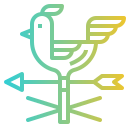Flow of Wings: The Phenomenon of Bird Flocking
How Flocks Work: Simple Rules, Astonishing Patterns
Alignment, Cohesion, Separation Explained
Each bird follows neighbors rather than a leader: match headings (alignment), stay together (cohesion), yet avoid collisions (separation). These simple, local decisions ripple outward, creating global order. Share which rule fascinates you most, and we’ll unpack it further in future posts.
Scale-Free Coordination and Information Flow
In remarkable murmurations, a disturbance—like a falcon’s swoop—can ripple through thousands of birds with minimal delay. Scientists describe scale-free correlations, where information travels without fading. Curious how that’s measured? Ask in the comments, and subscribe for our plain-language breakdown of the latest research.
Why Flocking Persists Through Evolution
Natural selection rewards behaviors that help birds survive and reproduce. Flocking reduces predation risk, improves foraging efficiency, and can lower energetic costs. If you’ve seen flocks respond faster than you could blink, tell us about it; your story might feature in our next community highlight.
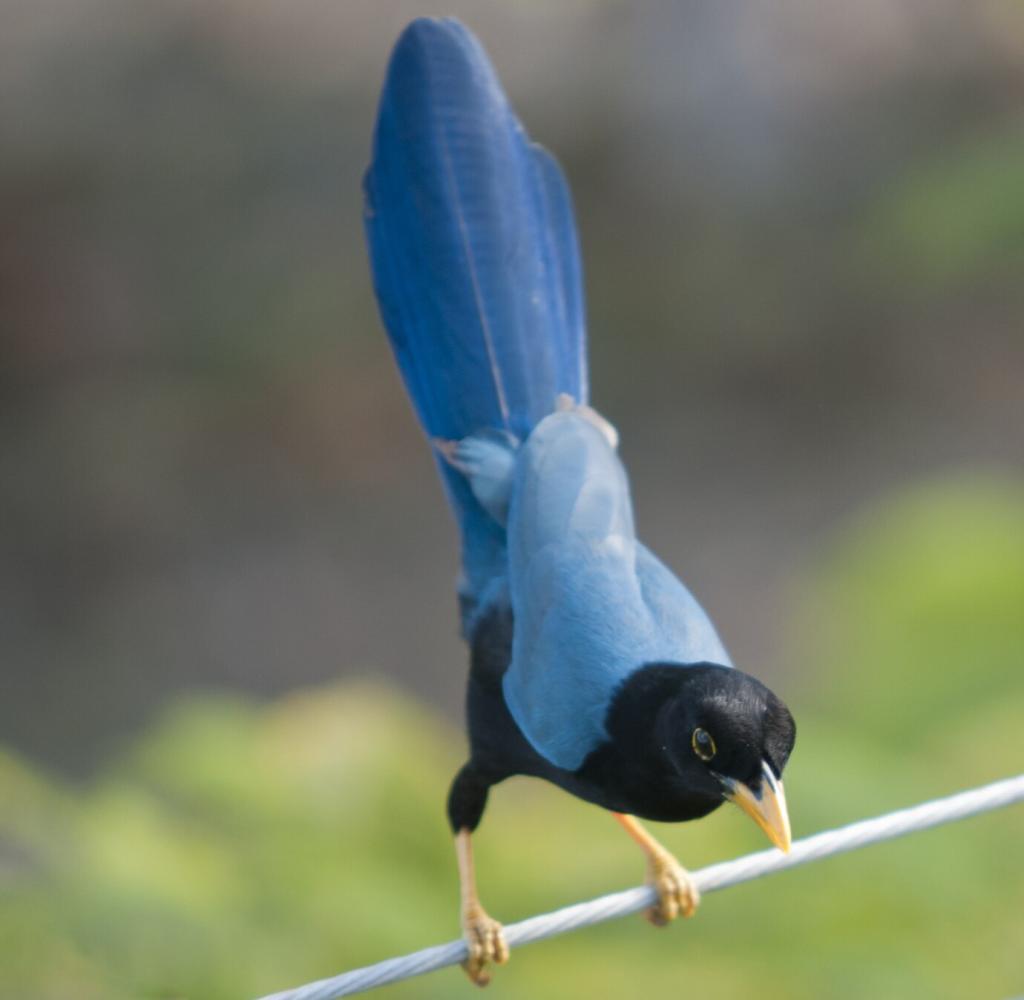
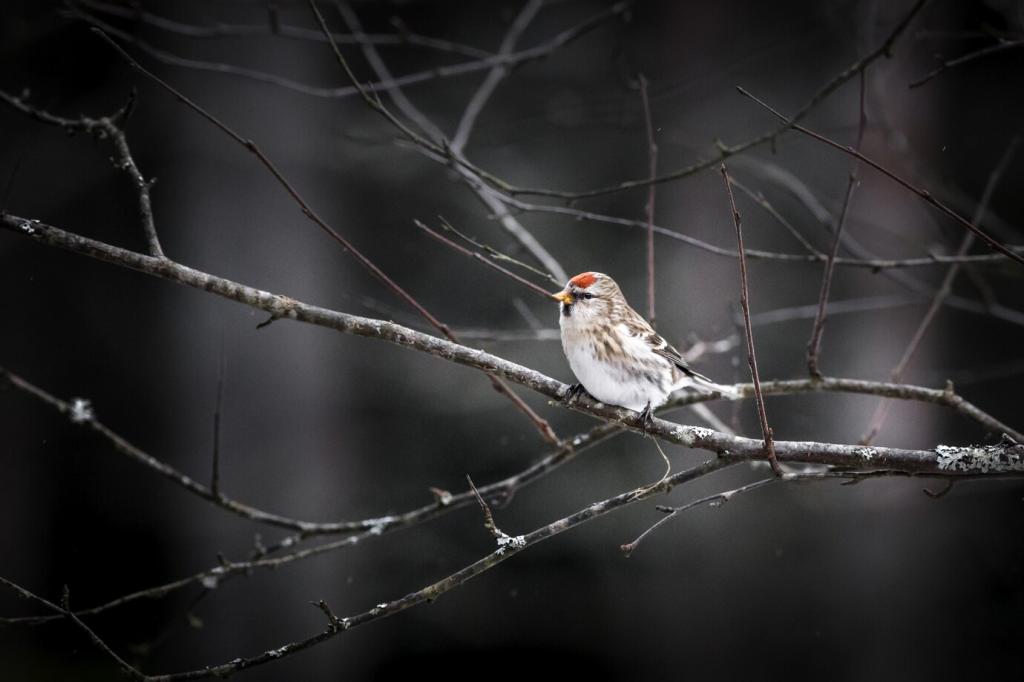
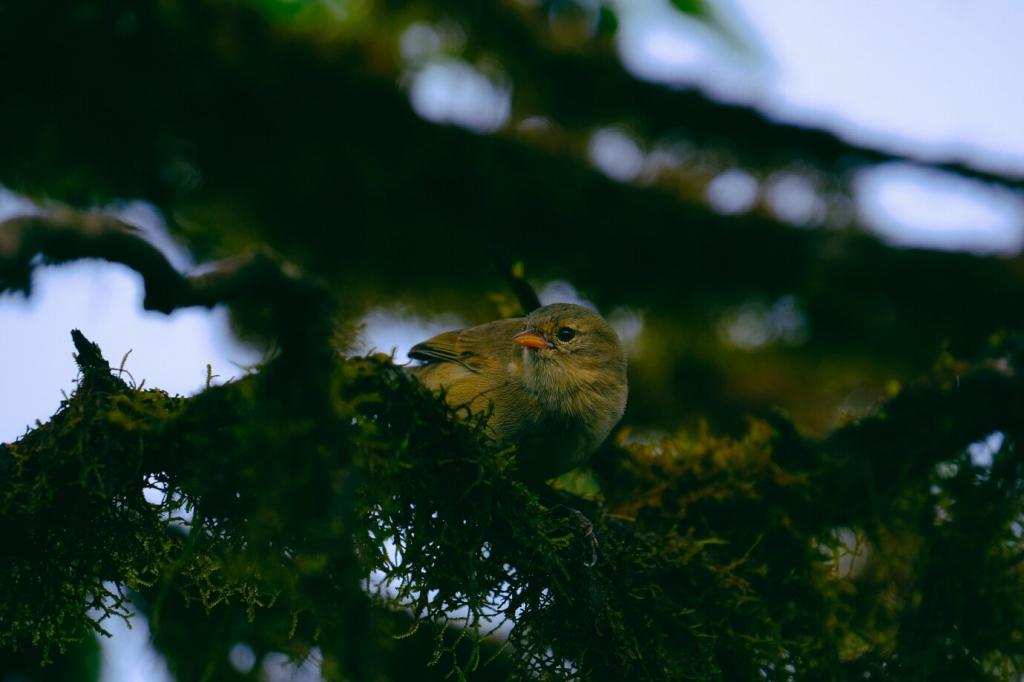
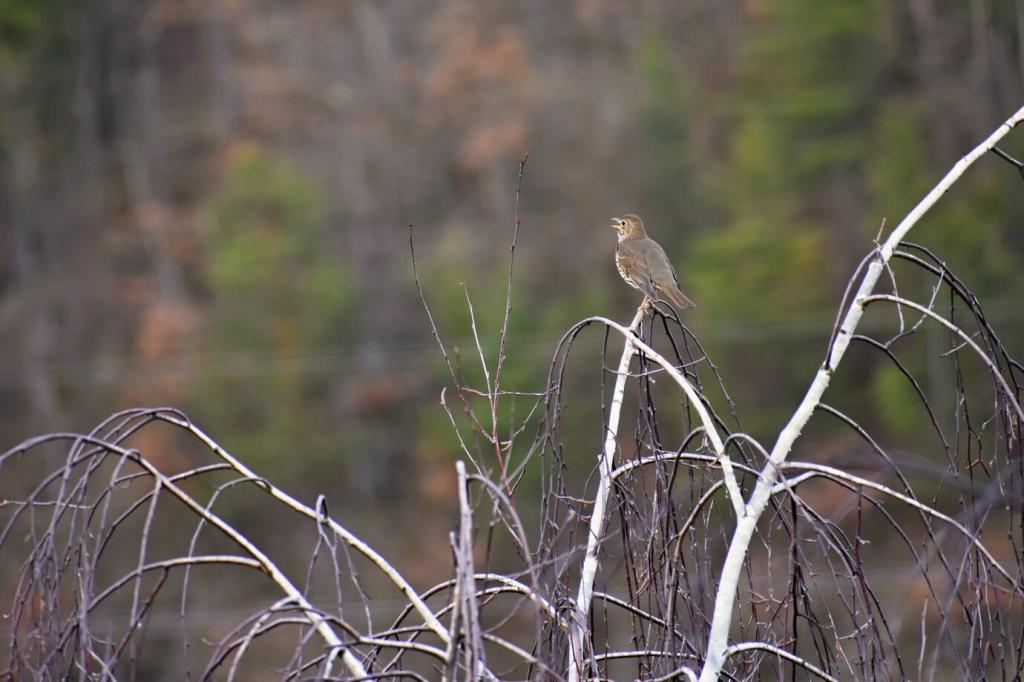
Scientists position synchronized cameras around a roost, then triangulate positions to rebuild 3D trajectories. It’s like turning the sky into a motion-capture studio, revealing who neighbors whom, and when. Wondering how accuracy is verified? Ask below; we’ll unpack calibration in an accessible, jargon-free post.
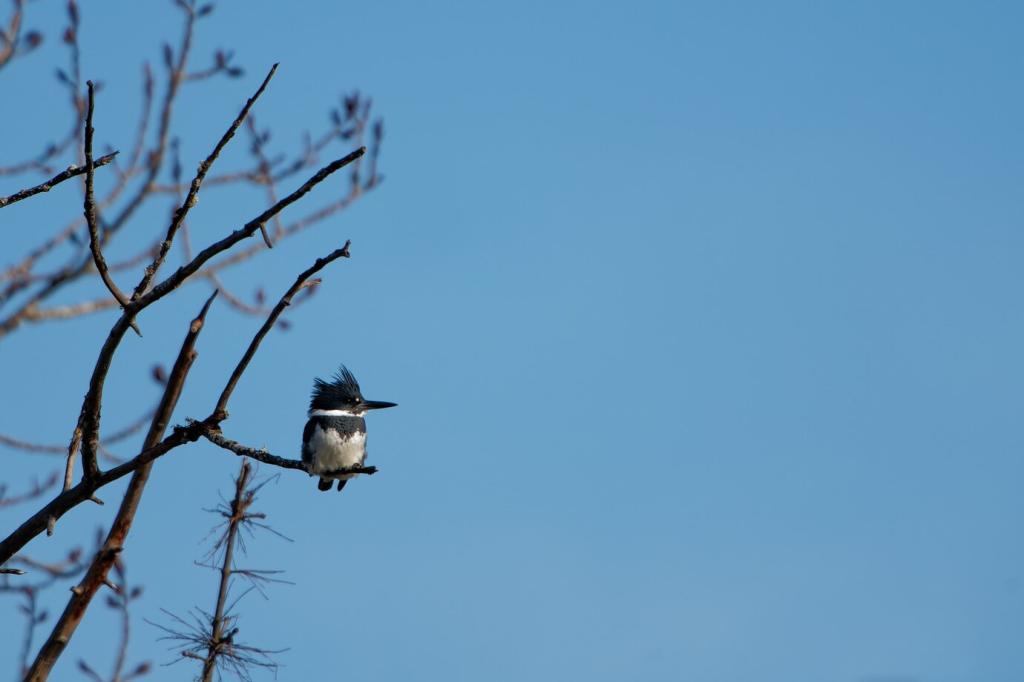
Computer models like Boids simulate alignment, cohesion, and separation to create lifelike motion. Real birds add nuances—vision limits, reaction times, and predator pressure. Interested in running a playful demo in your browser? Comment “BOIDS” and we’ll send a step-by-step guide in a future update.
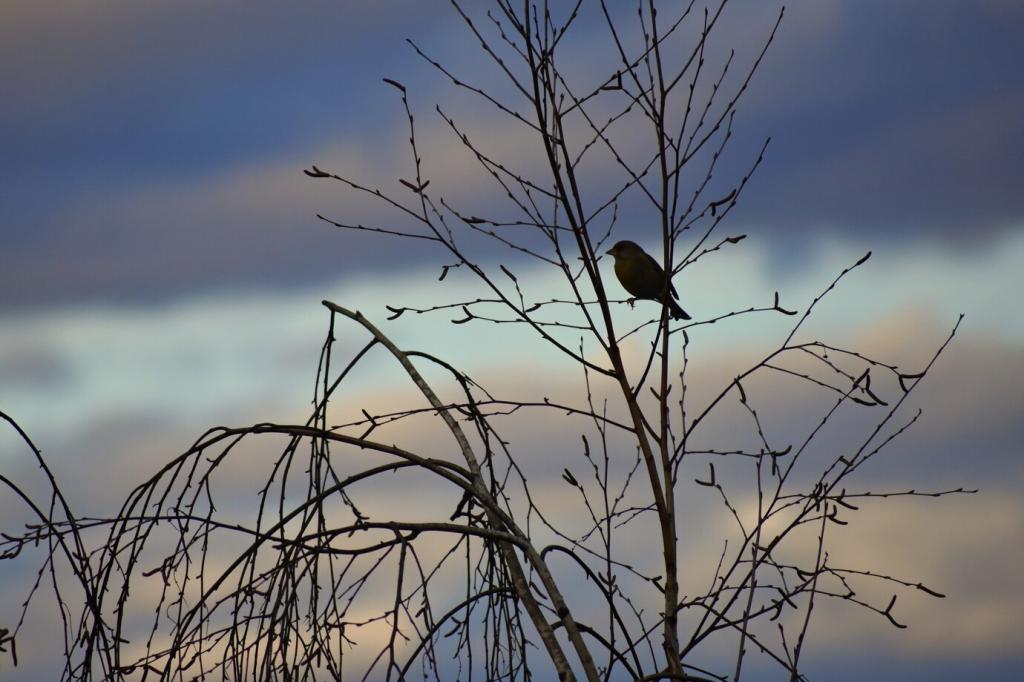
Responsible research means minimizing disturbance: keeping drones distant, avoiding roost entry, and limiting lights at dusk. If a study risks stress, it’s redesigned or dropped. Help spread good practice—share this post with local birding groups and support methods that put welfare first.
Safety, Speed, and Savings: Why Flocking Helps Birds
Beating Predators With Confusion and Coordination
A peregrine tears into a flock, yet success drops when prey move as one. Rapid turning, dense packing, and unpredictable waves confuse the attacker’s aim. Have you witnessed a chase? Share details gently and respectfully; your observation can illuminate this delicate dance of survival.
Aerodynamics, Energy, and the Shape of the Sky
V-formations help large birds exploit upwash and save energy. Murmurations may prioritize evasion over drafting, yet subtle aerodynamic gains can still occur. If you’ve tracked distances on migration, tell us what patterns you noticed. Your practical insight complements the numbers in journals.
Roosts, Seasons, and How You Can Help
Roost sites—reedbeds, bridges, pylons—anchor nightly gatherings, especially in cooler months. Protecting habitat, dimming unnecessary lights, and giving birds space all matter. Pledge one simple action in the comments, and invite a friend to subscribe so care ripples outward like the flock itself.
Where and When to Look
Arrive before dusk near reedbeds, marsh edges, or urban roosts—autumn and winter are prime. Scan horizon lines, listen for layered wing-sound, and watch the wind. Share coordinates or general locations you trust, so newcomers can look respectfully without overwhelming sensitive sites.
Field Etiquette That Protects Birds
Keep distance, avoid loud noise and flash photography, and never flush birds from roost. Stay on paths, leash dogs, and respect fellow watchers’ space. Post your personal code of conduct below; community norms grow stronger when we shape them together with care.
Capture the Dance: Photo and Video Tips
Use fast shutter speeds, modest ISO, and manual focus on the flock’s edge. Try silhouettes against a bright sky, or pan to suggest motion. If you publish shots, include timing and weather details. Tag us to be featured in a future subscriber gallery.
Beyond Birds: Flocking Ideas in Tech, Art, and Life
Decentralized rules reduce bottlenecks: delivery drones coordinate routes, and algorithms balance network traffic. The lesson mirrors birds—local awareness, global harmony. If you work in design or logistics, comment with a challenge you face; we’ll draft a flock-inspired experiment to test.
Beyond Birds: Flocking Ideas in Tech, Art, and Life
Artists paint the flock’s negative space, choreographers score sudden turns, and composers layer whispering textures. If you’ve created work inspired by murmurations, share a short description. We may feature a rotating gallery of reader pieces to celebrate this living choreography.
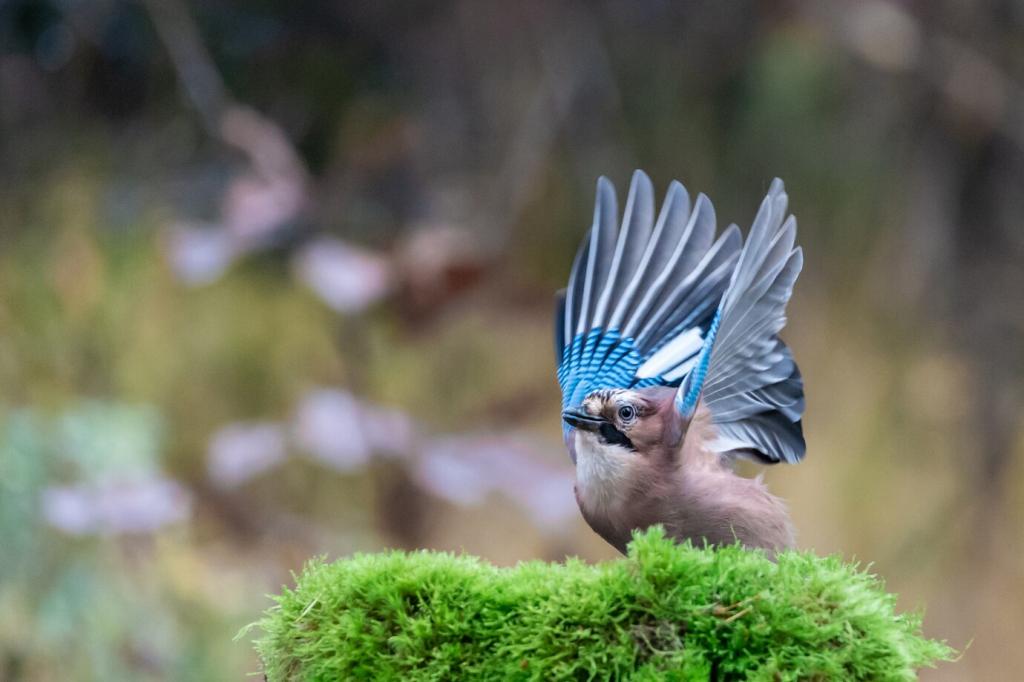
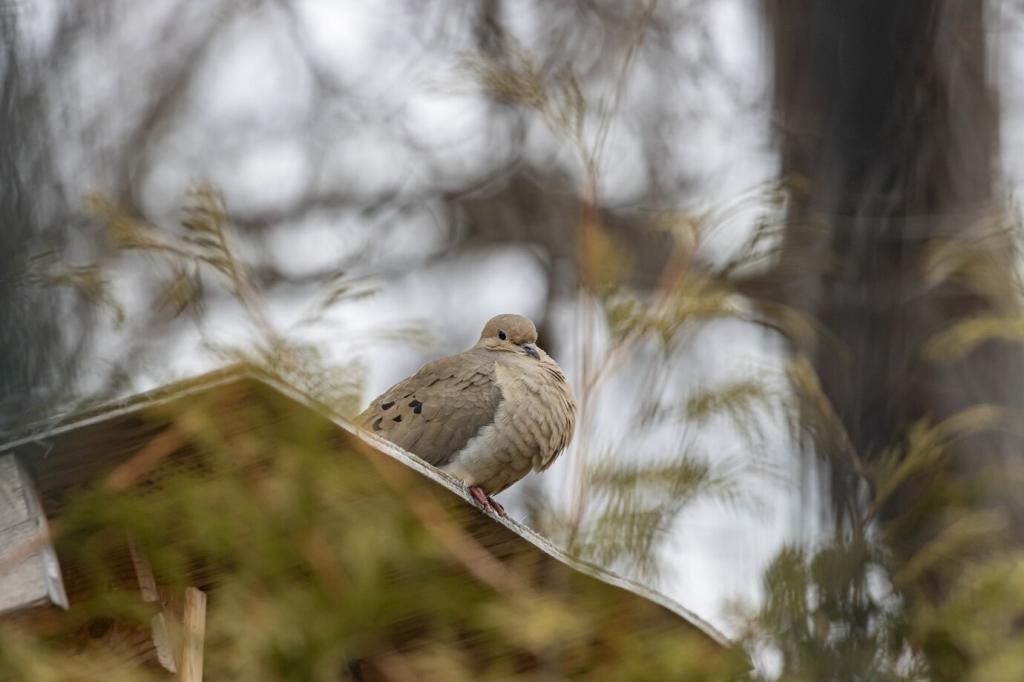
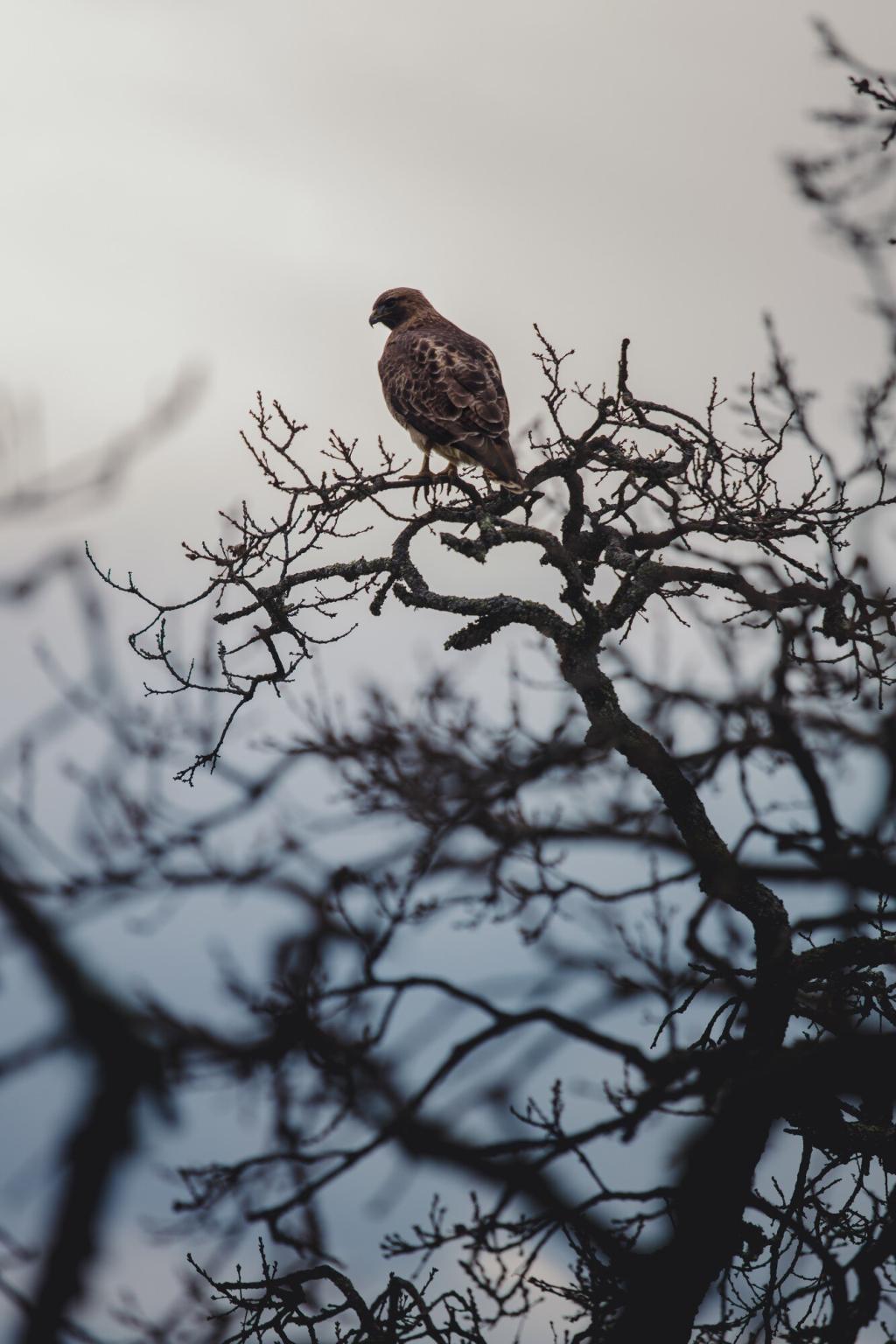
From Omens to Awe
Historically, mass flights signaled omens or seasonal change. Today, we fold awe into evidence, letting wonder motivate protection. Tell us a tradition from your region—how did people interpret swirling birds, and what can that teach us about attention, care, and continuity?
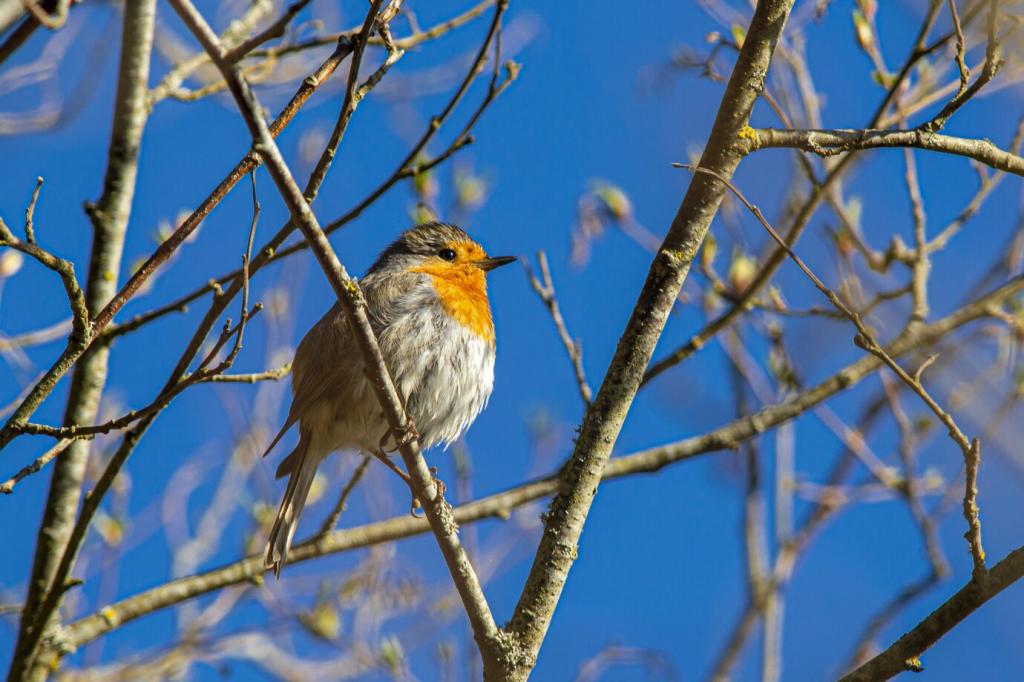
The Word ‘Murmuration’ and Why It Sticks
Say it softly and it almost performs itself. The term echoes the very sound it names, a linguistic flock of consonants and vowels. Share words from other languages that capture movement or many-as-one; language itself can model collective beauty with syllables in sync.
